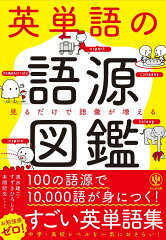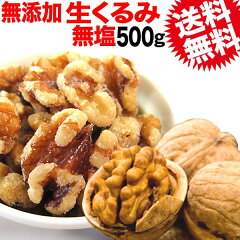Japanese page
Characteristics of nutrients
- It is a generic term for carbohydrates and dietary fiber
- Carbohydrates are digested and absorbed = carbohydrates
- Those not digested and absorbed = dietary fiber
- It will be 4 kcal of energy per gram of carbohydrate
- Since it burns fast, as soon as it is absorbed by the body it becomes energy
- When vitamin B1 is insufficient, it is hard to be absorbed
Function of nutrients
- Become an energy source to move the brain and body
- Only bone, red blood cells, nervous system, muscle, etc. will be energy source
- Activate the brain
When nutrients are deficient
- Become tired easily
- Thinking ability declines
- Muscles weaken
- lose weight
When nutrients overdose
- Extra carbohydrates are stored as body fat
- It causes obesity, diabetes
- Become hyperglycemic
Food that contains a lot of Carbohydrate
| Foodstuff | Ingredient per 100g (g) |
| Granulated sugar | 100 |
| crystal sugar | 100 |
| Upper white sugar | 99.3 |
| refined Japanese sugar | 99.0 |
| soft brown sugar | 99.0 |
| Brown sugar | 90.3 |
| kudzu starch noodles | 87.7 |
| Harusame | 87.5 |
| starch syrup | 85.0 |
| Dried grapes | 80.3 |
| Rice Flour | 78.5 |
| Sticky rice | 77.2 |
Summary
- Generic name for dietary fiber and carbohydrate
- Because it burns quickly, it becomes energy as soon as it is absorbed by the body
- Become immediately energy with vitamin B1 and intake
- Activate the brain



